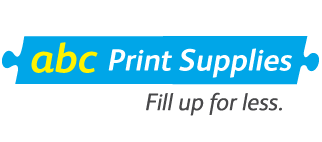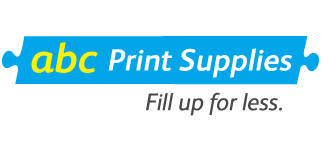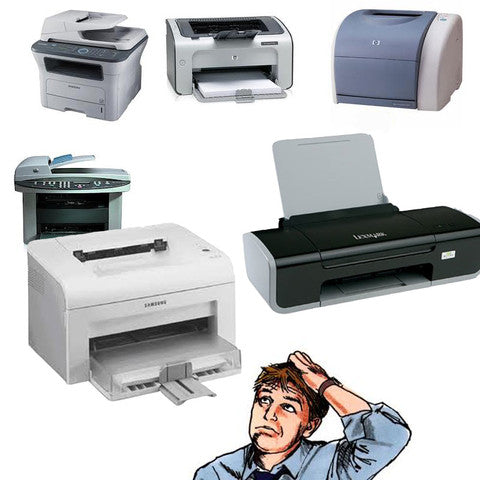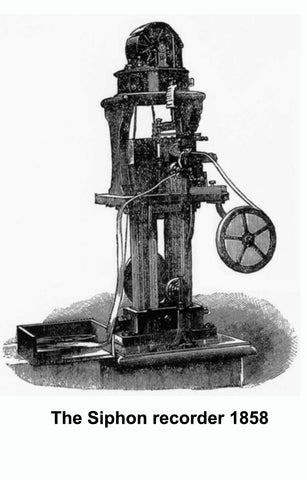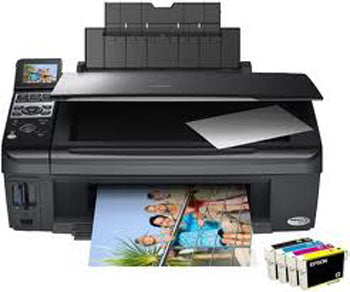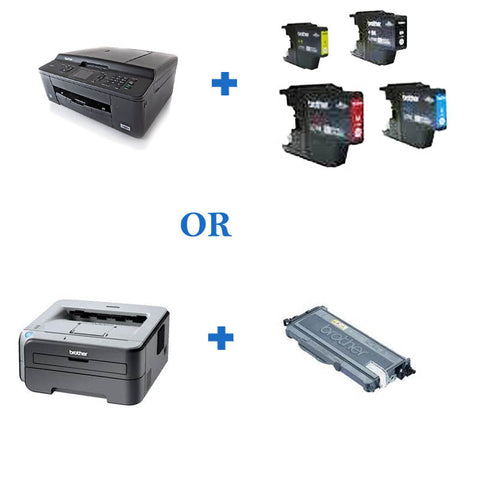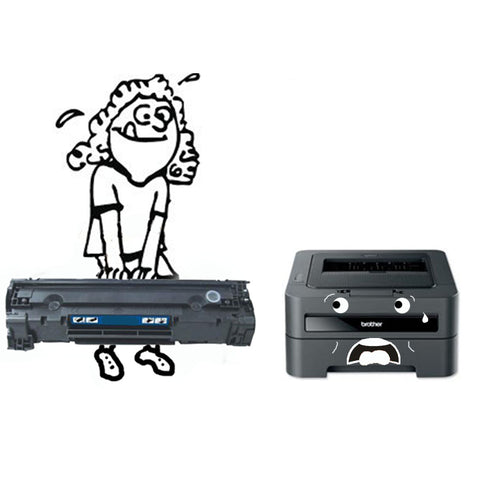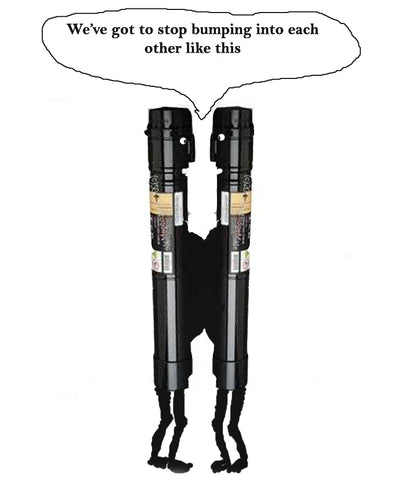If you compare the cost of printer ink, you will be amazed to find that the more expensive champagnes are cheaper.
So why do some printer use higher quantities of ink than other printers? When reports from Consumer Groups such as Consumer Reports complained that the quantity of ink used seemed excessive, tests were consequently conducted to determine what caused this to happen.
A result of these tests showed that a considerable quantity of ink was consumed when the printer was idle for a period of time. By not using the printer for a while, then more ink is needed for maintenance chores such as cleaning the print heads.
In tests, a page was printed 30 times intermittently over 21 days for a number of ink printers. To quote from Consumer Reports, "The worst models – the HP Officejet Pro 8600 and the Lexmark OfficeEdge Pro 4000 - used as much as $120 worth of ink a year on maintenance chores. That ink was never used to print anything."
The majority of printer brands used excessive ink for non-printing purposes. But also there are print models that are frugal with ink usage on self maintenance operations. In the tests conducted using dozens of printers, Consumer Reports found that the three Brother printer tested were stand outs for how little ink was required for non-printing requirements. And of those three printers, the stand out was the Brother DCP-J140W. For a video review of this printer, click here
The ink cartridge for the Brother DCP-J140W is the Brother LC39, which costs $22.18 for the genuine black, or $6.90 for the compatible.
No Image Available



